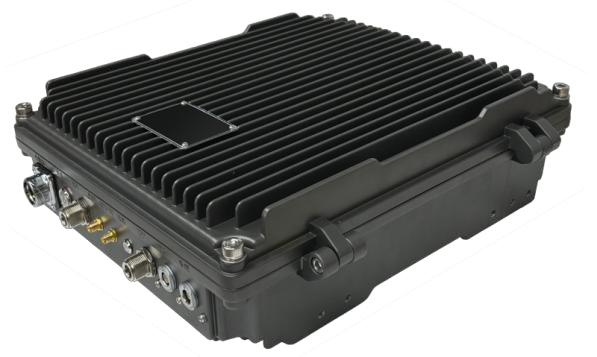News Center
-
2025-12-08Against the backdrop of an increasingly complex global security environment and the continuous evolution of information-based warfare, military IP MESH radio is gradually becoming one of the core technologies in the field of military communications. As a wireless self-organizing communication solution based on IP architecture, it demonstrates irreplaceable value in enhancing battlefield situational awareness and ensuring stable, flexible communications.
-
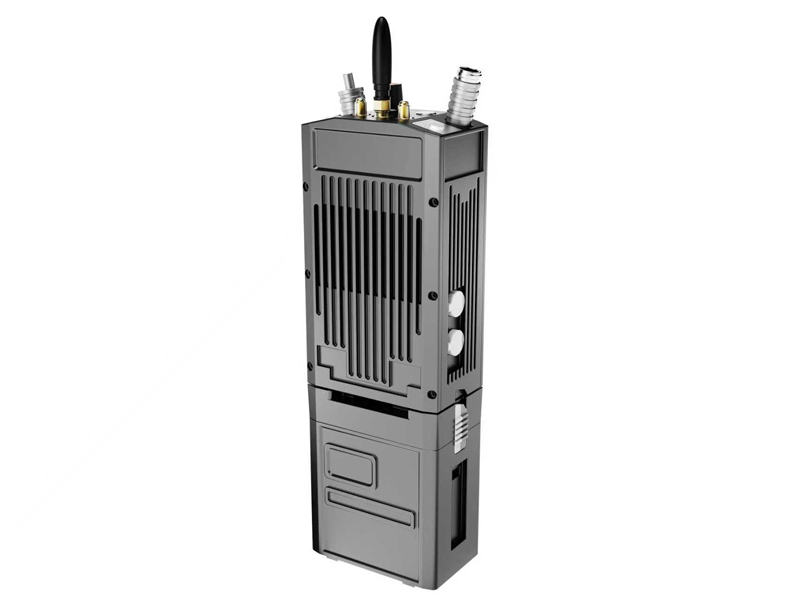 2025-11-29
2025-11-29Future of Multi-Scenario Integrated Communication: "Multipie Handheld Radio" Adds Value to Modern Industries
As the modern mobile communication landscape continues to evolve, the demand for multi-scenario, cross-regional, and cross-system communication has become increasingly urgent. From law enforcement patrols and emergency rescue missions to outdoor operations, logistics, and industrial maintenance, a highly compatible and stable handheld radio — the Multipie Handheld Radio — is emerging as a key driver in industry transformation. -
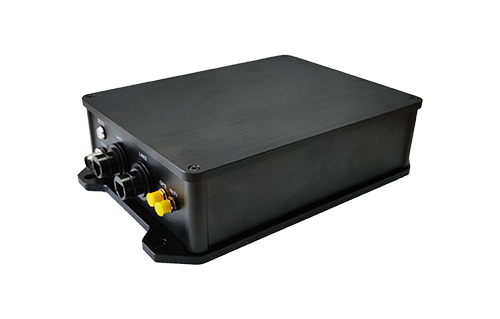 2025-11-27
2025-11-27Self-adaption Shipborne Radio: Uninterrupted Marine Communication
In the vast, turbulent waters, communication technology faces the ultimate test. Complex electromagnetic environments, signal reflection over the sea surface, salt spray corrosion, and continuous vessel motion all push the performance of communication equipment to its limits. -
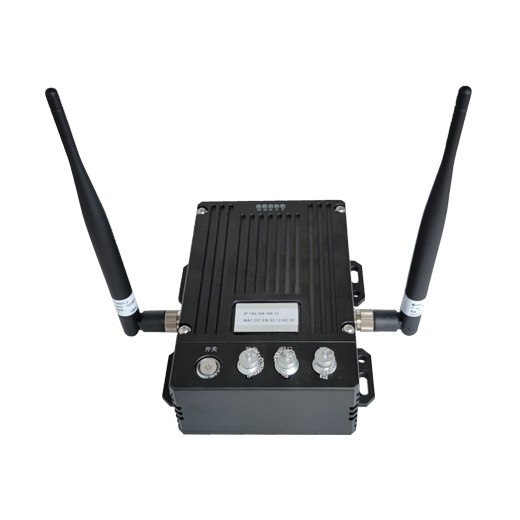 2025-11-21
2025-11-21Lightweight Airborne Radio Takes Flight: Redefining Aerial Command and Control
In modern, multi-dimensional operations and emergency response, controlling and utilizing the airspace is paramount. The effectiveness of agile helicopters or reconnaissance drones hinges on a stable, clear, and low-latency aerial communication link. However, aviation platforms impose strict limits on weight, size, and power consumption. -
 2025-11-21
2025-11-21Wireless Mesh Self-Organizing Network Rapid Connection Technology
Mesh self-organizing network technology... -
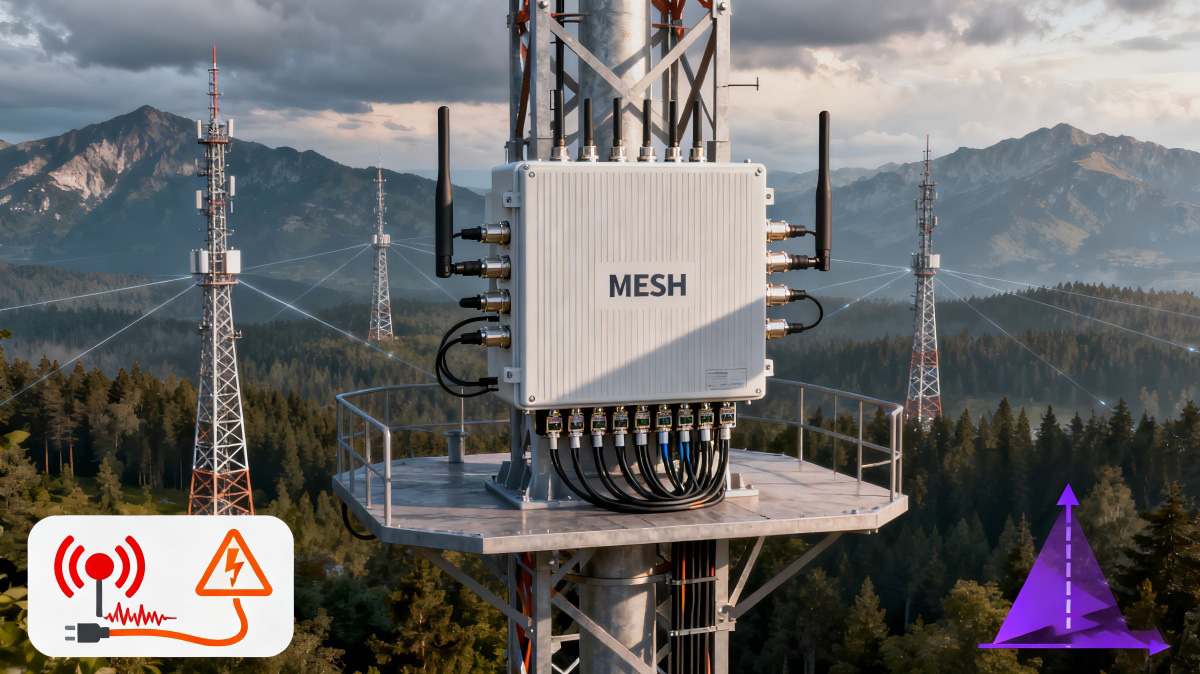 2025-11-19
2025-11-19MESH Self-Organizing Network Wireless Microwave Equipment Long-Distance Usage Precautions
MESH Self-Organizing Network Wireless Microwave Equipment Long-Distance Usage Precautions... -
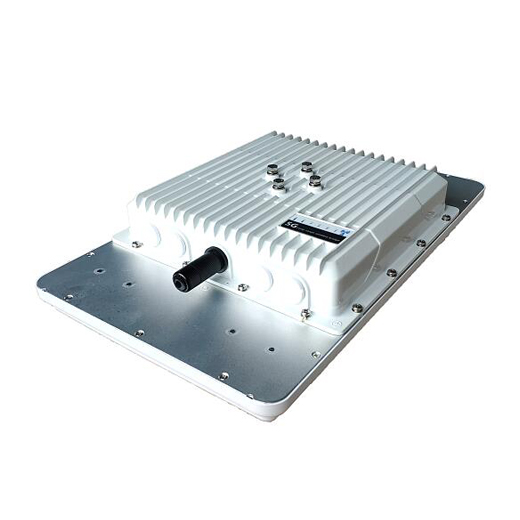 2025-11-18
2025-11-18Carrier-Grade High Bandwidth: Reshaping Industry via Operator-Level Wireless Connectivity
As global digital infrastructure accelerates—from smart cities to industrial IoT, from public safety networks to large-scale energy systems—industries are demanding communication networks that are stable, high-bandwidth, low-latency, and scalable. However, in many environments such as mountains, mining areas, ports, open fields, emergency sites, and cross-region deployments, traditional fiber installation is costly, slow, or even impractical. -
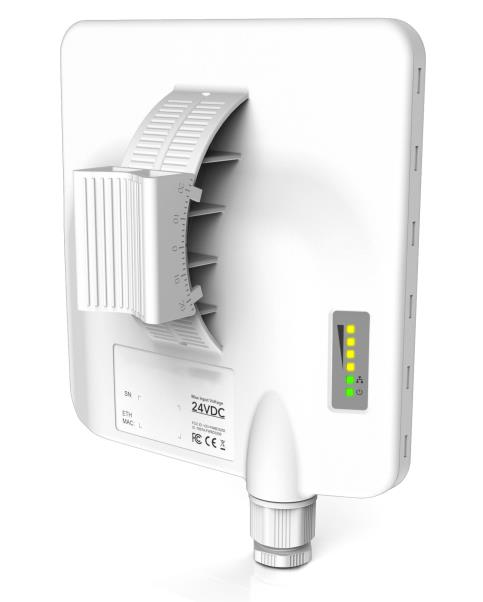 2025-11-15
2025-11-15Economical Elevator Series — New Wireless Communication for Elevators
As smart cities, intelligent buildings, and modern property management continue to evolve, the demand for elevator monitoring, emergency intercom, advertising display updates, and elevator operation data backhaul is growing rapidly. However, traditional wired deployment often faces challenges such as long construction periods, high cost, difficult installation, and complex maintenance.








